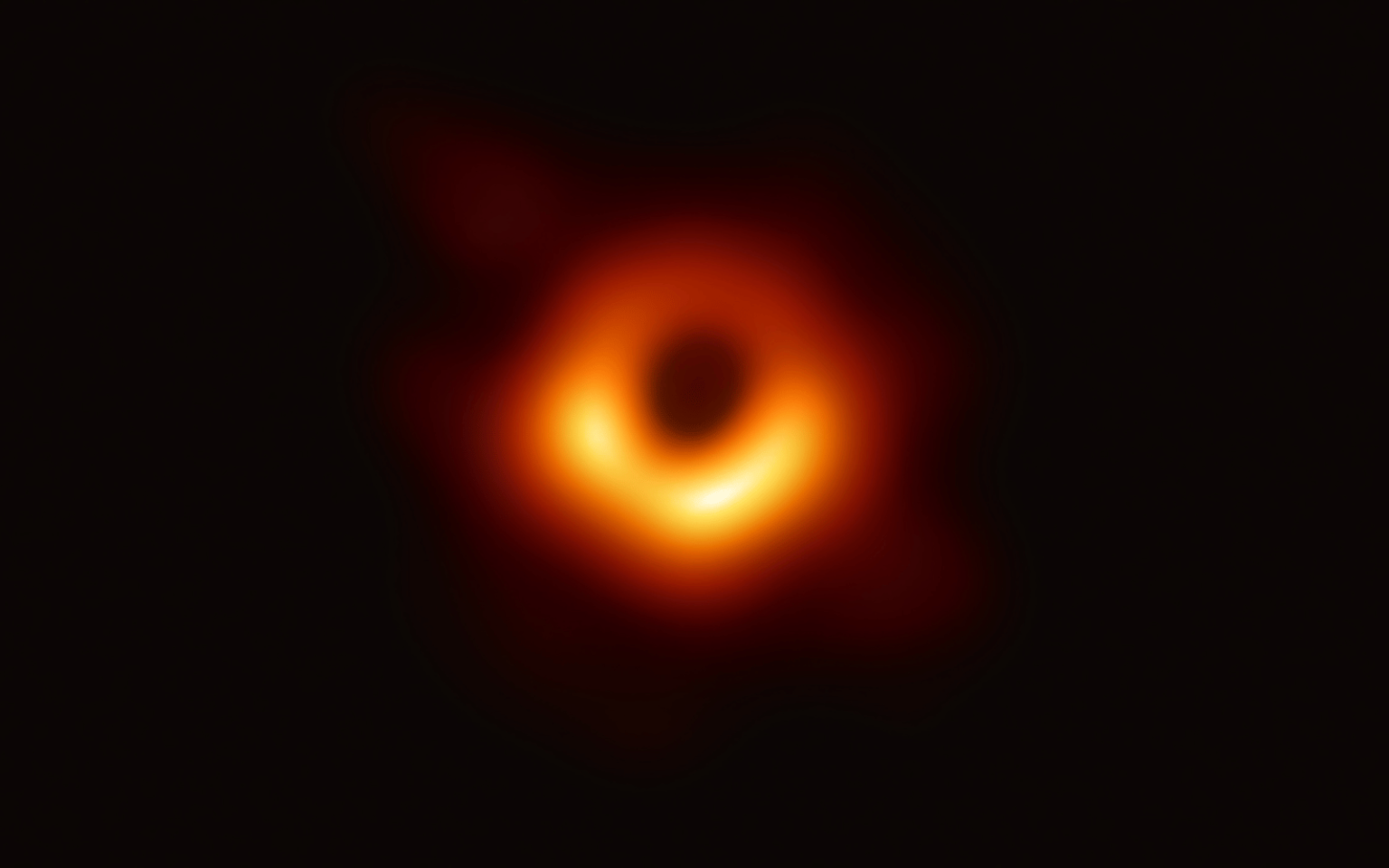It’s easy to envisage other universes, governed by slightly different laws of physics, in which no intelligent life, nor indeed any kind of organised complex systems, could arise. Should we therefore be surprised that a universe exists in which we were able to emerge? That’s a question physicists including me have tried to answer for decades. But it is proving difficult. Although we can confidently trace cosmic history back to one second after the Big Bang, what happened before is harder to gauge. Our accelerators simply can’t produce enough energy to replicate the extreme conditions that prevailed in the first nanosecond. But…
Author: The Conversation
In 2019, the Event Horizon Telescope (EHT) collaboration produced the first-ever image of a black hole, stunning the world. Now, scientists are taking it further. The next generation Event Horizon Telescope (ngEHT) collaboration aims to create high-quality videos of black holes. But this next-generation collaboration is groundbreaking in other ways, too. It’s the first large physics collaboration bringing together perspectives from natural sciences, social sciences and the humanities. A virtual telescope spanning the planet The larger a telescope, the better it is at seeing things that look tiny from far away. To produce black hole images, we need a telescope almost the size of Earth itself.…
It took a half century for the first American Surgeon General Report to establish the link between tobacco and lung cancer. In response, companies infiltrated media and genetically modified tobacco leaves to make them even more addictive. Curiously, tech companies developed similar compelling algorithms to create dependence among users — these technologies appear innocuous, but should be regulated. There are objectionable consequences regarding the influence of algorithms because they manipulate users by creating false perceptions, dependencies and addiction. Today’s youth are among the first generations to not have experienced life before the internet. For many, their most important generational memory will be that of security concerns associated with…
You have just returned home after a long day at work and are about to sit down for dinner when suddenly your phone starts buzzing. On the other end is a loved one, perhaps a parent, a child or a childhood friend, begging you to send them money immediately. You ask them questions, attempting to understand. There is something off about their answers, which are either vague or out of character, and sometimes there is a peculiar delay, almost as though they were thinking a little too slowly. Yet, you are certain that it is definitely your loved one speaking:…
OpenAI, the artificial intelligence (AI) research company behind ChatGPT and the DALL-E 2 art generator, has unveiled the highly anticipated GPT-4 model. Excitingly, the company also made it immediately available to the public through a paid service. GPT-4 is a large language model (LLM), a neural network trained on massive amounts of data to understand and generate text. It’s the successor to GPT-3.5, the model behind ChatGPT. The GPT-4 model introduces a range of enhancements over its predecessors. These include more creativity, more advanced reasoning, stronger performance across multiple languages, the ability to accept visual input, and the capacity to handle significantly…
We are about to witness the birth of a new kind of religion. In the next few years, or perhaps even months, we will see the emergence of sects devoted to the worship of artificial intelligence (AI). The latest generation of AI-powered chatbots, trained on large language models, have left their early users awestruck —and sometimes terrified — by their power. These are the same sublime emotions that lie at the heart of our experience of the divine. People already seek religious meaning from very diverse sources. There are, for instance, multiple religions that worship extra-terrestrials or their teachings. As these chatbots come to be used by…
Imagine being stuck in traffic while running late to an important meeting at work. You feel your face overheating as your thoughts start to race along: “they’re going to think I’m a horrible employee,” “my boss never liked me,” “I’m going to get fired.” You reach into your pocket and open an app and send a message. The app replies by prompting you to choose one of three predetermined answers. You select “Get help with a problem.” An automated chatbot that draws on conversational artificial intelligence (CAI) is on the other end of this text conversation. CAI is a technology…
Most people are familiar with the deluge of artificial intelligence (AI) apps that seem designed to make us more efficient and creative. We’ve got apps that take text prompts and generate art, and the controversial ChatGPT, which raises serious questions about originality, misinformation and plagiarism. Despite these concerns, AI is becoming ever more pervasive and intrusive. It’s the latest technology that will irreversibly change our lives. The internet and smartphones were other examples. But unlike those technologies, many philosophers and scientists think AI could one day reach (or even go beyond) human-style “thinking”. This possibility, coupled with our increasing dependence on AI,…
The COVID-19 pandemic was a shock to higher education systems everywhere. But while some changes, like moving lectures online, were relatively easy to make, assessment posed a much bigger challenge. Assessment can take many forms, from essays to exams to experiments and more. Many institutions and individual academics essentially outsourced the assessment process to software. They increased their use of programs like Turnitin to check for matched wording in students’ assignments. And for closed-book, timed tests they used tools such as Proctorio, which monitor a student’s computer or phone while they write exams. But universities did not seize this chance to reflect on what…
“So far as the influence of the newspaper upon the mind and morals of the people is concerned, there can be no rational doubt that the telegraph has caused vast injury.” So said the The New York Times in 1858, when the transatlantic cable linking North America and Europe was completed. The telegraph was assumed to be a means of spreading propaganda that would destabilise society. It was also seen as a vehicle used to disconnect people from the real world by introducing false ideas in their heads. Today, we might dismiss this as an irrational fear – a moral panic. Go back further and…










